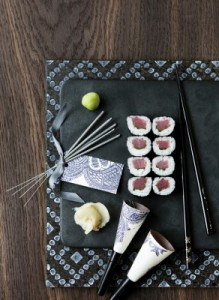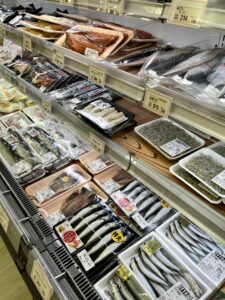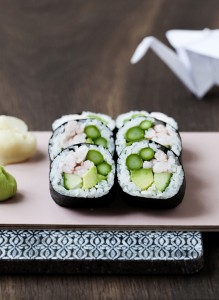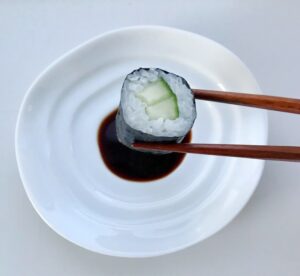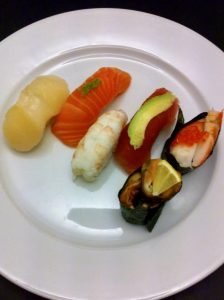
Basically, all fish can be eaten raw. However, there is a big BUT.
Not all types of fish are suitable for eating raw. There are several reasons for this.
- In some fish species, the structure of the fish meat is of a quality that makes them unsuitable for being eaten raw. It requires you to be a Japanese trained sushi chef to be able to see that.
- The place where fish has been caught plays an important factor. There are some places where the world’s oceans are having a hard time due to local pollution. Fish caught in those places should never be eaten raw.
- Fish sold at fish auctions is divided into quality grades. Everything that is eaten raw must be of the best quality to avoid getting sick. It requires you to be a Japanese trained sushi chef to be able to see that too.
Read more about Sushi course for beginners
_
Zoë has lectured and held sushi courses for A. P. Moller – Maersk, Hugo Boss Nordic, Novo Nordisk, Novartis, Velux, Gorrissen Federspiel, Beierholm revision, Elbek & Vejrup and many more.

